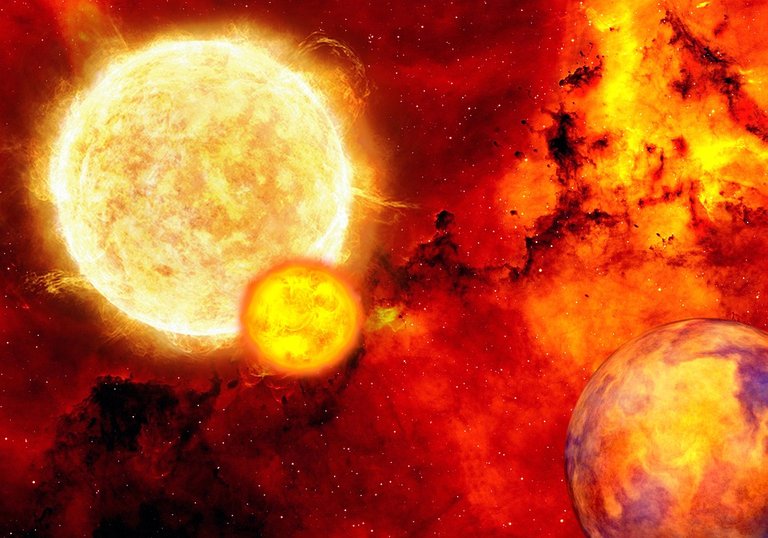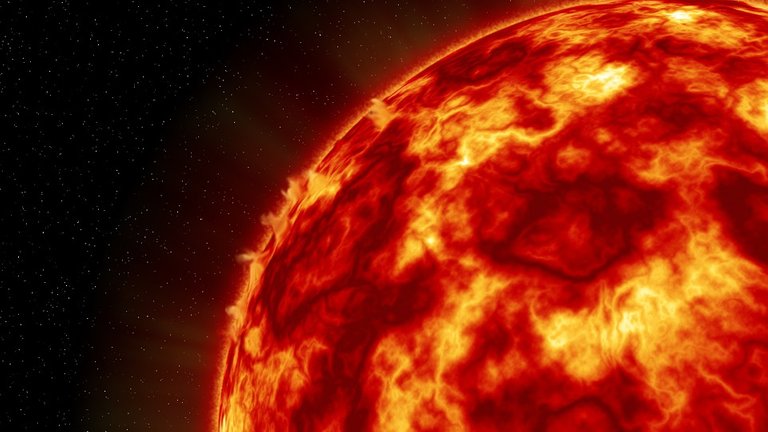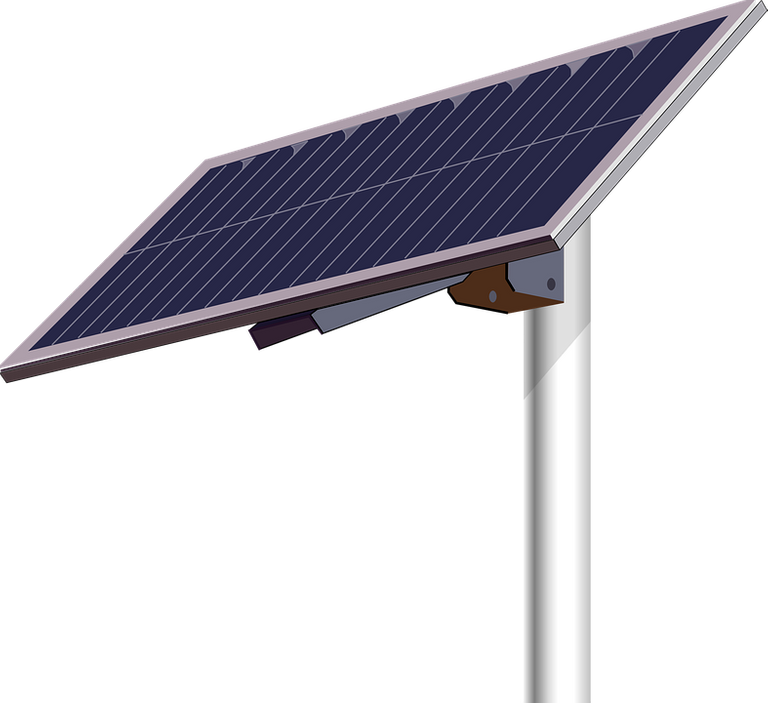What is Nuclear Fusion
Atomic nuclei join together to form a heavier nucleus in a process known as nuclear fusion, which also results in the energy being released.
The light and heat we perceive and feel from stars are produced naturally as a result of nuclear fusion.
Scientists must create extremely high temperatures and pressures to mimic the conditions seen in stars in order to replicate nuclear fusion on Earth and that cannot be done without the usage of fusion reactors.
Fusion reactors are specialized machines that use a variety of techniques to heat and compress a fuel combination of hydrogen isotopes to a temperature where fusion reactions can take place.
Nuclear fusion as an energy source has a number of benefits. For starters, hydrogen, the fuel utilized in fusion processes, is a plentiful and widely accessible energy source that has the potential to be abundant and sustainable.
In addition, fusion reactions generate significantly less radioactive waste than other nuclear energy sources, and the trash they do generate decays considerably more quickly.
Despite these benefits, it has been difficult to achieve sustained and controlled nuclear fusion on Earth, and considerable research and development efforts are still being made to make fusion a workable and profitable source of energy.
How Does Nuclear Fusion Occur In The Sun
Fusion occurrences within the sun, which is mostly made of hydrogen and helium, combine lighter hydrogen nuclei to create heavier helium nuclei. The sun shines because of the enormous quantity of energy that is released during this process in the form of light and heat.
The gravitational collapse process produces the circumstances necessary for nuclear fusion to take place in the sun. The material in the middle thickens and heats up due to gravity as the sun develops from a cloud of gas and dust. The sun's core eventually reaches a temperature and pressure that can start nuclear fusion events.
The balance between the energy generated by the reactions and the energy lost through radiation is what keeps nuclear fusion processes in the sun going. This equilibrium provides the sun a potentially endless supply of energy and permits it to shine for billions of years.
What are the Factors that affect the Nuclear Fusion Process?
The process of nuclear fusion and how it contributes to the sun's energy production are governed by a number of physical laws. These principles include, among others:
Gravitational collapse: The sun's core material must get denser and hotter due to the pull of gravity for nuclear fusion to take place. The conditions necessary for nuclear fusion to occur are created by this process.
Temperature: The sun's core has an incredibly high temperature that can reach millions of degrees Celsius. The hydrogen atom nuclei must reach this high temperature in order to overcome their electrostatic attraction and fuse together.
Pressure: The sun's core experiences pressure that is billions of times greater than Earth's atmosphere. The hydrogen nuclei are compressed and brought closer together by the high pressure, which increases the likelihood that fusion processes will take place.
Energy balance: The energy produced by the reactions and the energy lost through radiation must balance out in order for the nuclear fusion reactions in the sun to continue. This equilibrium provides the sun a potentially endless supply of energy and permits it to shine for billions of years.
The Impact of Solar Nuclear Fusion on Our Lives and The Environment
Solar nuclear fusion has a major and complex effect on both our daily life and the environment. Solar nuclear fusion has an impact on us in a number of ways, including:
- Energy production: The sun and all other stars get their energy mostly through solar nuclear fusion. The sun's energy is responsible for the planet's heat and light as well as for its ability to shine.
Weather and climate: The sun's energy determines the climate and weather patterns on Earth. The Earth would be significantly colder and inhospitable without the energy generated by solar nuclear fusion.
Agriculture: Photosynthesis, the process through which plants turn light into energy, depends on the energy from the sun. Agriculture and plant growth would not be feasible without the energy provided by the sun.
- Additional environmental effects: The energy of the sun also has additional environmental effects. For instance, solar nuclear fusion generates heat and light that power the Earth's water cycle, which is crucial for sustaining the planet's ecosystems.
Nuclear fusion has the potential to be a potentially endless and clean source of energy, even though it has not yet been fully utilized as one on Earth. Nuclear fusion could have a big influence on the environment and our need for energy if it can be sustained and managed on Earth.
Challenges Faced In Harnessing Energy From Nuclear Fusion?
In the efforts to use nuclear fusion to generate energy, scientists and engineers face a number of difficulties. Some of the biggest difficulties are as follows:
Finding a technique to contain the plasma, the heated, ionized gas necessary for the fusion reactions to occur, is one of the main obstacles to accomplishing nuclear fusion on Earth. Plasma is very reactive and prone to instability, making it very challenging to confine.
Reaching high temperatures: Nuclear fusion requires temperatures that can reach millions of degrees Celsius, which are incredibly high. Due to the scarcity and high cost of materials that can endure such intense conditions, reaching and maintaining these temperatures is a huge task.
Achieving high pressures: Nuclear fusion requires pressures that are billions of times higher than Earth's atmosphere in addition to extraordinarily high temperatures. Another significant obstacle is achieving and maintaining these high pressures.
Maintaining and managing the reactions: Maintaining and managing the nuclear fusion processes is another difficult task. An uncontrolled release of energy known as a "fusion burn" could result from improperly managed reactions that become unstable and unleash an enormous quantity of energy.
Technologies Being Developed to Harness Solar Power From Nuclear Fusion?
To extract solar energy through nuclear fusion, numerous technologies are being developed. The following are some of the most promising technologies:
Magnetic confinement: Magnetic confinement is one of the most popular methods for producing nuclear fusion. The plasma is kept under check and kept from making contact with the containment vessel's walls using this method, which makes use of powerful magnetic fields. The tokamak, a doughnut-shaped device that uses magnetic fields to contain the plasma, is the most well-known magnetic confinement technology.
Inertial confinement: Inertial confinement is a different strategy for creating nuclear fusion. In this method, a small fuel pellet is compressed by a shock wave produced by a high-energy laser or particle beam, which ignites and undergoes nuclear fusion.
In general, there is still much work to be done before nuclear fusion can be used as a scalable and useful source of energy on Earth. But because attaining this objective might have such immense advantages, scientists from all around the world are working nonstop to make it a reality.




